The Reasons Behind the Labrador Retriever’s Long-Term Success
One name is always at the top of the list of the most popular dog breeds in the US: the Labrador Retriever. Labradors have been the preferred breed for busy people, families, and single people for a long time. However, what is it about this adorable dog that maintains their prominence? Let’s examine why so many people still adore Labrador Retrievers, from their intelligence to their kind disposition.
What To Expect When Caring For a Labrador Retriever
Having a dog is a responsibility as well as a privilege. They deserve much more and rely on us for at least food and shelter. You must be aware of the commitment that owning a dog requires when you bring one into your home.
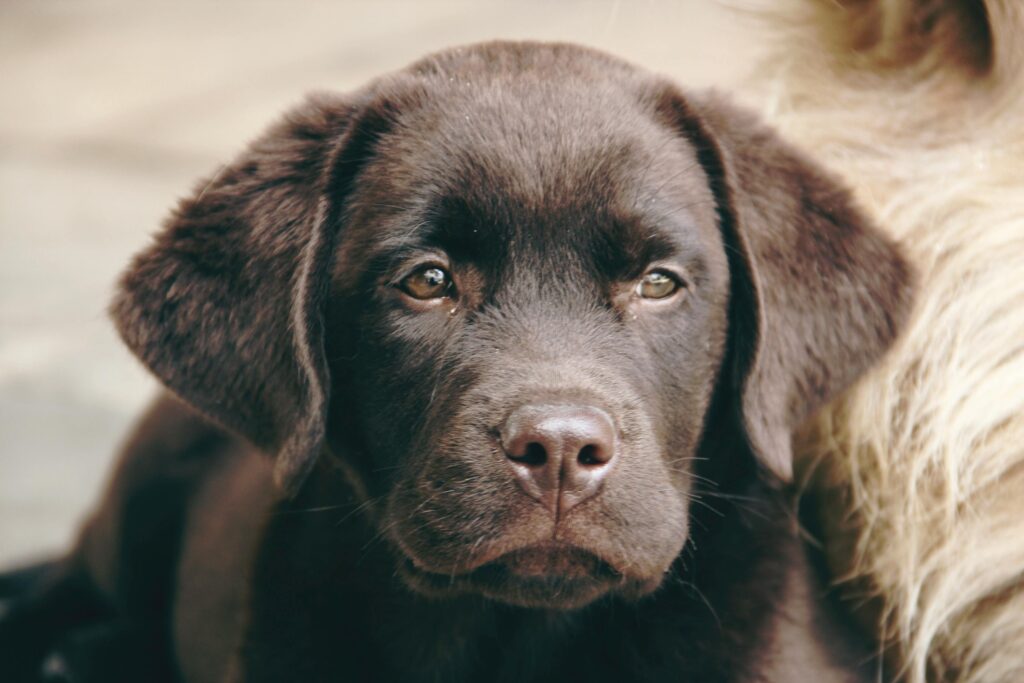
A responsible breeder checks breeding stock for illnesses like progressive retinal atrophy, hereditary myopathy (muscle weakness), elbow and hip dysplasia, and heart problems.
Different Labs are generally healthy dogs. Some young adult labs may develop a syndrome known as exertion induced collapse (EIC); breeders can identify carriers and arrange breedings to prevent the disease by using a DNA test. Bloat is a potentially fatal stomach ailment that Labs, like other large, deep-chested dogs, can acquire. Owners ought to familiarize themselves with the signs that this is happening and what to do in the event that it does.
Health Test From National Breed club
- Hip Evaluation
- Progressive Retinal Atrophy, PRCD (PRA-prcd, PRCD) – DNA Test
- Exercise-Induced Collapse (EIC) – DNA Test
- D Locus (Dilute) – DNA Test
- Centronuclear Myopathy (CNM) – DNA Test
- Elbow Evaluation
- Ophthalmologist Evaluation

1 Tips for Labrador Retriever Behavior and Training
- Personality and Temperament
One factor contributing to the popularity of Labrador Retrievers as pets is their temperament. Generally speaking, they show affection to strangers, kids, and other pets.
Even though Labradors get along with almost everyone, toddlers and other small children may be at risk of being knocked over by their high energy and powerful tails. When children and dogs of any breed are playing together, always keep an eye on them. ↩︎
Labrador Retriever Behavior
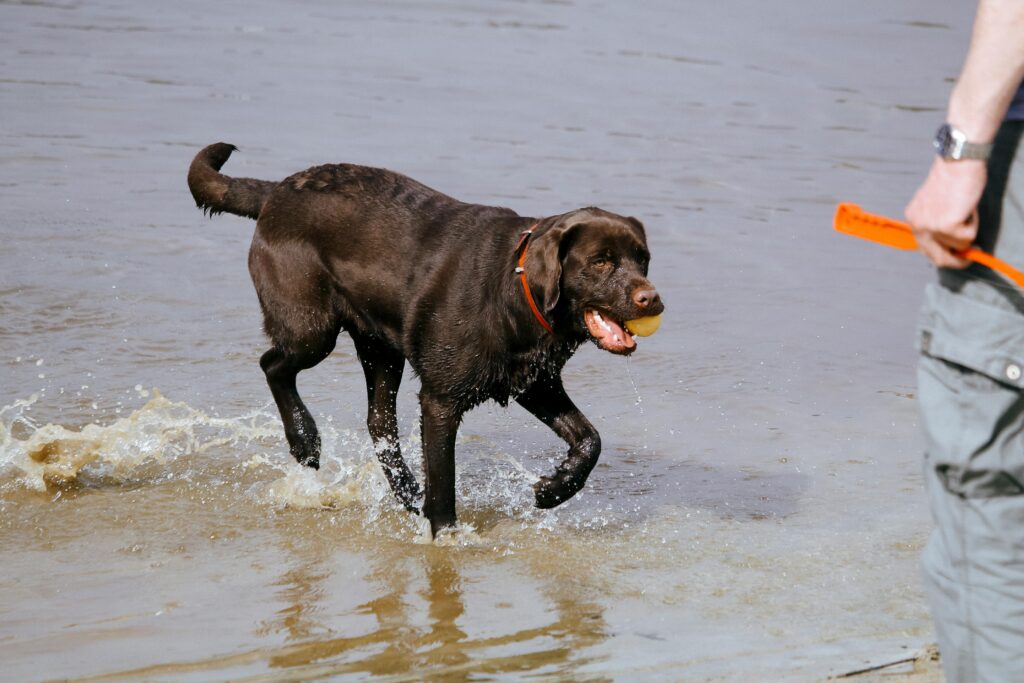
Particularly when they are puppies, Labrador Retrievers have a tendency to eat inappropriate foods. They might try to get into the trash or devour things like shoes, socks, furniture, and other things. Lab puppies need to be closely monitored by their pet parents, who ought to spend time teaching them what foods they can and cannot consume.
For the majority of their lives, these amiable dogs maintain their high level of energy and enjoy playing. To be happy, they require a lot of care and exercise. Although this is dependent on your dog’s age and condition, each Labrador Retriever typically needs an hour of activity per day.
Training
Puppies of Labrador Retrievers have a lot of energy and will develop into sporty canines. When they are young, it is crucial to spend the time to properly train them.
It is very advised that Labrador Retriever puppies take obedience and puppy training courses. They must be socialized with a variety of people and animals in order to develop social skills early on.
Biting, gnawing, and attempting to eat odd objects are examples of negative puppy behaviors that should be promptly corrected to prevent them from continuing and getting worse over time.
Labrador Retrievers are intelligent, and they like to please people. As a result, they frequently undergo specific training to become support dogs or take part in search and rescue missions. Additionally, they produce
Activities for Labrador Retrievers
- Running
- Hiking
- Swimming
- Scent work
- Tracking
- Walking
- Dogs Diving
Grooming Guide
Although they don’t need much upkeep, Labrador Retrievers do shed a lot. Brushing and deshedding your dog are essential components of any grooming regimen.
Skin Care
Although they don’t need any specific skin care, Labrador Retrievers should be completely dry after baths and swimming to prevent skin infections. If you observe any changes in your dog’s skin, consult your veterinarian.
Coat Care
Labrador Retrievers have a thick double coat that is water-repellent. Due to this double coat, Labrador Retrievers shed a lot and require frequent brushing (two to three times each week) to manage the shedding. But even with regular brushing, you should expect loose hair in your home.
Eye Health
Keep an eye out for any changes in your dog’s eyesight or vision because Labrador Retrievers are prone to PRA. If you see anything unusual, speak with your veterinarian.
Taking Care of Your Ears
Labrador Retrievers are susceptible to ear infections because of their floppy ears and love of swimming. To reduce the risk of ear infections, it’s beneficial to regularly clean their ears with an ear cleaner that contains a drying agent every two to three weeks, as well as after swimming and bathing.

Considerations for Pet Parents
Labrador Retrievers are excellent companions for families. They enjoy going on trips with their family and are gregarious and active. Labs, on the other hand, require an active family that will make time for them to play and exercise. Boredom can make a Labrador sad and destructive.
Another dog breed that sheds a much is the Labrador Retriever. Dog hair will always be in your house, but some dogs will require regular brushing to keep their shedding under control.
Labrador Retriever FAQs
Are Labrador Retrievers suitable for households?
Yes, Labrador Retrievers are great family dogs because they are loving and have the tolerance and patience to get along with kids and other canines.
Are Labrador Retrievers intelligent canines?
Indeed, one of the smartest canine breeds is thought to be the Labrador Retriever.
What kinds of Labrador Retrievers are there?
Black, chocolate, and yellow are the three colors of Labrador Retrievers.
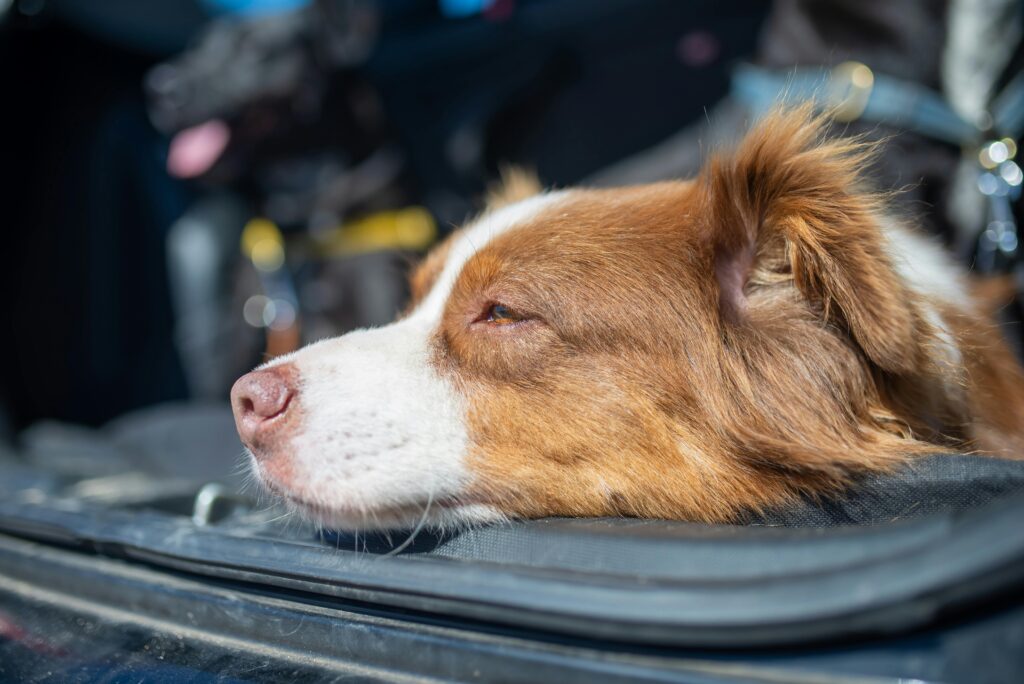
What is the lifespan of Labrador Retrievers?
Labrador Retrievers typically live between 11 and 13 years.
What distinguishes a Labrador Retriever from a Golden Retriever?
Although they have some obvious characteristics, Labrador Retrievers and Golden Retrievers share a similar appearance. Although there are Labrador Retrievers that are black, chocolate, and yellow, Golden Retrievers all have a coat that is a shade of gold. Additionally, the coat of a Labrador is shorter than that of a Golden Retriever.
Labrador Retrievers: Do They shed?
Labrador Retrievers do shed a lot all year long.
Nutritional Tips for Labrador Retrievers:
Dogs fed a food that complies with AAFCO guidelines should get all the nutrients they require and won’t require additional supplements. However, adding dog vitamins to their diet may be beneficial for Labradors with specific health issues.
For instance, Labrador Retrievers with hip or elbow dysplasia may benefit from supplements such as Nutramax® Dasuquin® and Cosequin®, which can also help delay the onset of arthritis. Supplements containing fish oil can also help lower joint inflammation while improving the health of the skin and coat.
Consult your veterinarian before giving your dog any supplements.

Feed a Labrador Retriever:
The optimal feeding schedule for Labrador Retrievers is twice a day, in the morning and the evening. This breed has a voracious appetite and is known to eat rapidly.
A slow-feeder bowl can be a good option if you see your dog gobbling up food. By doing this, you can control how much food your dog can consume at once and avoid the stomach distress and regurgitation that might occur from eating too quickly.
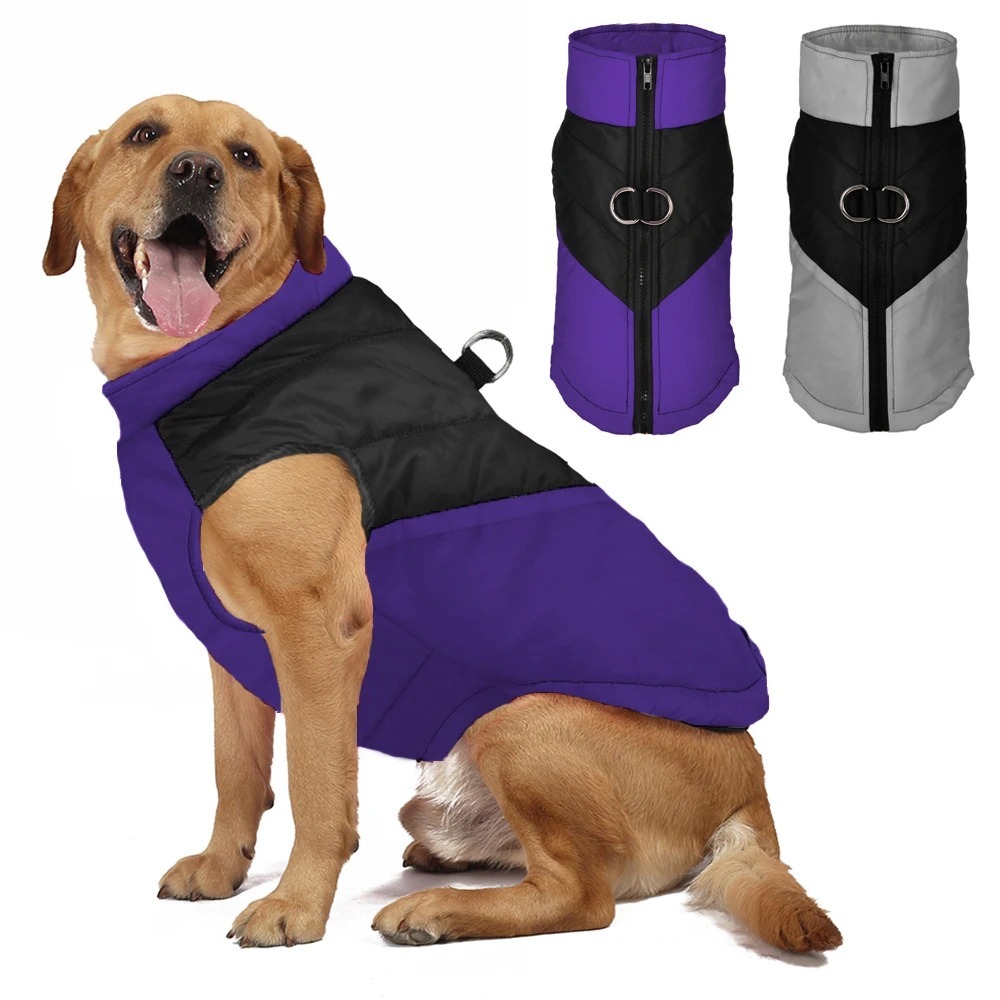
Big Dog Jacket For Small Medium Large Dogs Cats
Big Dog Jacket For Small Medium Large ……
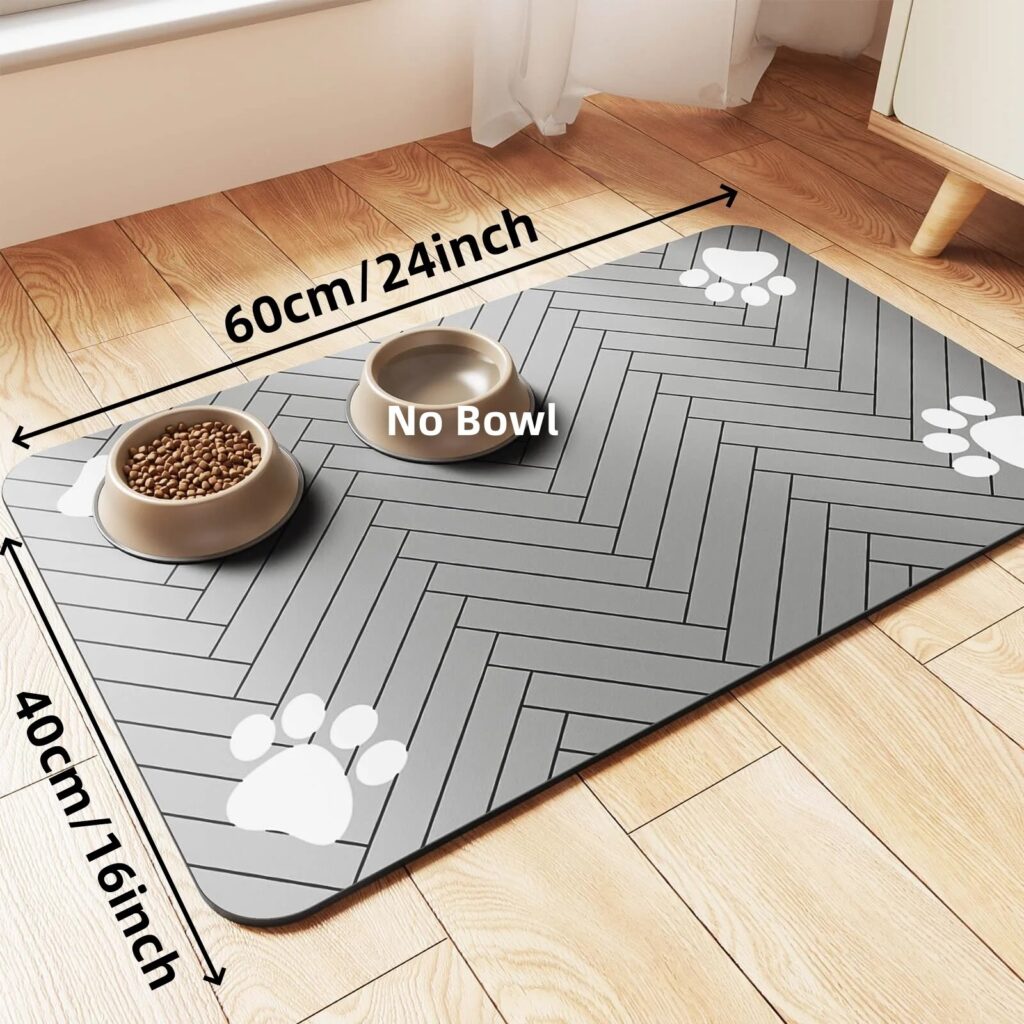
Pet Feeding Mat-Absorbent Pet Placemat for Food and Water Bowl
Pet feeding mat Absorbent pet ……
Help us make PetCarez Better
Was this Article HelpFull


